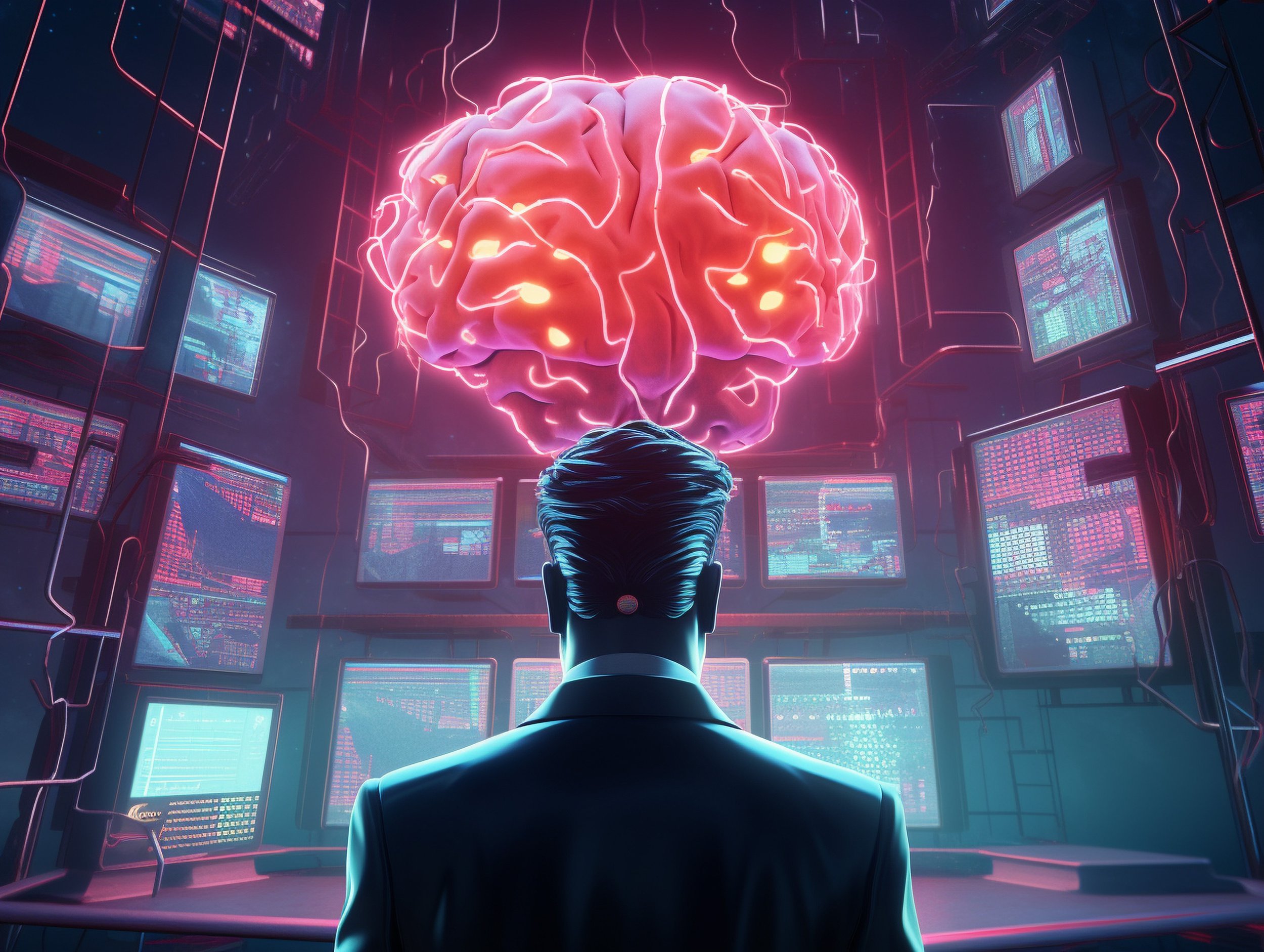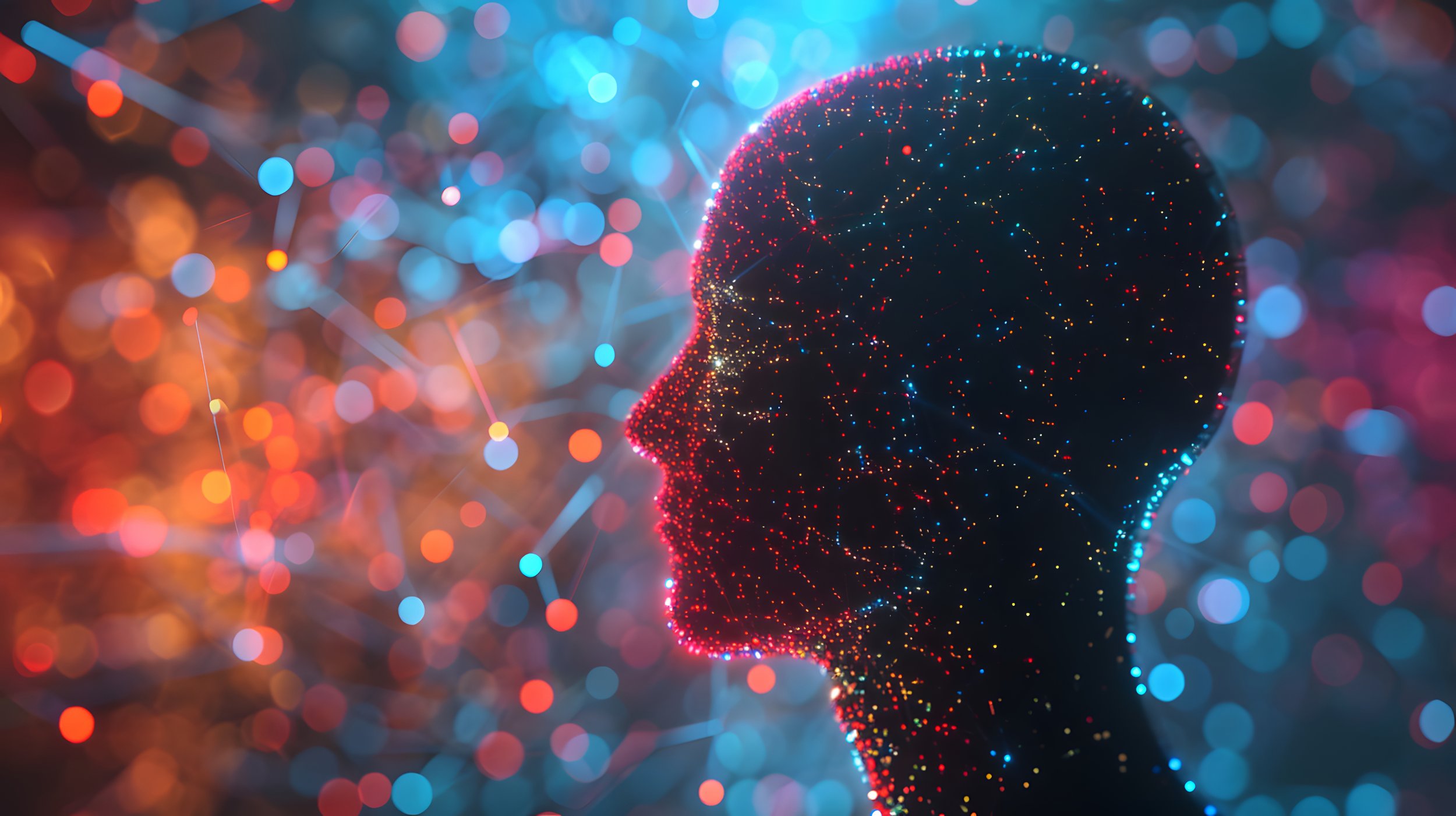
TechNews
Latest updates and insights on tech.
Exploring Neural Network Complexity
From basic perceptrons to advanced deep learning models, neural network architectures continue to evolve in sophistication and capability. CNNs excel in image processing, RNNs handle sequential data, while transformer architectures are redefining natural language understanding. As research pushes boundaries in areas like neuromorphic computing and explainable AI, these systems are finding novel applications across healthcare, finance, and autonomous systems.
Generative Deep Learning
Generative models, such as GANs, learn data distributions to produce novel, realistic outputs across various media formats—from photorealistic images to synthetic voices. These architectures are transforming the creative industries and scientific research by enabling the generation of artificial content at unprecedented quality levels. As the technology matures, it raises important questions about authenticity and intellectual property in the digital age.
Generative Models: Data Creation
Deep learning has revolutionized various fields by enabling machines to learn complex patterns from data. However, a significant limitation of traditional deep learning models lies in their focus on classification or prediction tasks. Generative models, a subfield of deep learning, address this gap by learning the underlying distribution of data and generating entirely new samples that resemble the training data. This article delves into the concept of generative models, exploring their core principles and the various techniques employed, with a particular focus on Generative Adversarial Networks (GANs). We discuss the applications of generative models in creating realistic images, sounds, and even text formats, highlighting their potential to revolutionize various creative industries and scientific research fields.



